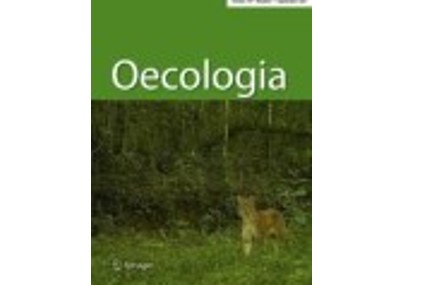Published in: Oecologia
Authors: Elizabeth H. Parlato, John G. Ewen, Mhairi McCready, Kevin A. Parker & Doug P. Armstrong
Abstract:
A key goal of ecological research is to obtain reliable estimates of population demographic rates, abundance and trends. However, a common challenge when studying wildlife populations is imperfect detection or breeding observation, which results in unknown survival status and reproductive output for some individuals. It is important to account for undetected individuals in population models because they contribute to population abundance and dynamics, and can have implications for population management. Promisingly, recent methodological advances provide us with the tools to integrate data from multiple independent sources to gain insights into the unobserved component of populations. We use data from five reintroduced populations of a threatened New Zealand bird, the hihi (Notiomystis cincta), to develop an integrated population modelling framework that allows missing values for survival status, sex and reproductive output to be modelled. Our approach combines parallel matrices of encounter and reproduction histories from marked individuals, as well as counts of unmarked recruits detected at the start of each breeding season. Integrating these multiple data types enabled us to simultaneously model survival and reproduction of detected individuals, undetected individuals and unknown (never detected) individuals to derive parameter estimates and projections based on all available data, thereby improving our understanding of population dynamics and enabling full propagation of uncertainty. The methods presented will be especially useful for management programmes for populations that are intensively monitored but where individuals are still imperfectly detected, as will be the case for most threatened wild populations.
You can access the paper here
